Acclimatising for Triathlons and Ironman Events Using a Sauna Protocol
 Karen Parnell
May 31, 2024
Karen Parnell
May 31, 2024
Acclimatising for Triathlons and Ironman Events Using a Sauna Protocol
Introduction to the Sauna Protocol
Competing in triathlons and Ironman events in hot climates poses significant challenges for athletes.
Heat acclimatization is essential for optimal performance and safety.
One effective method to facilitate this adaptation is the use of a sauna protocol.
This article outlines the scientific basis for sauna use in heat acclimatization and provides a detailed guide on incorporating sauna sessions into your training regime.

Photo by RUN 4 FFWPU
Download a FREE training plan here.
Competing in triathlons and Ironman events is no small feat, and doing so in hot climates adds an extra layer of challenge.
As a triathlete, you understand the importance of preparation, not just in terms of physical conditioning but also in terms of your body’s ability to handle environmental stressors. One crucial aspect of this preparation is heat acclimatization.
Welcome to your guide on using sauna protocols to boost your heat tolerance, enhance performance, and stay safe when competing in sweltering conditions.
By integrating regular sauna sessions into your training routine, you can equip your body to better manage the heat, ensuring you remain strong and resilient throughout your event.
Drawing on scientific research and expert insights, including those from renowned neuroscientist Dr. Andrew Huberman, we'll walk you through the why and how of sauna use for heat acclimatization.
Whether you're gearing up for your first triathlon or aiming to conquer yet another Ironman, this guide will provide you with the knowledge and practical steps to incorporate sauna sessions effectively into your regimen.
Let's dive in and get you prepared to beat the heat and achieve your peak performance.
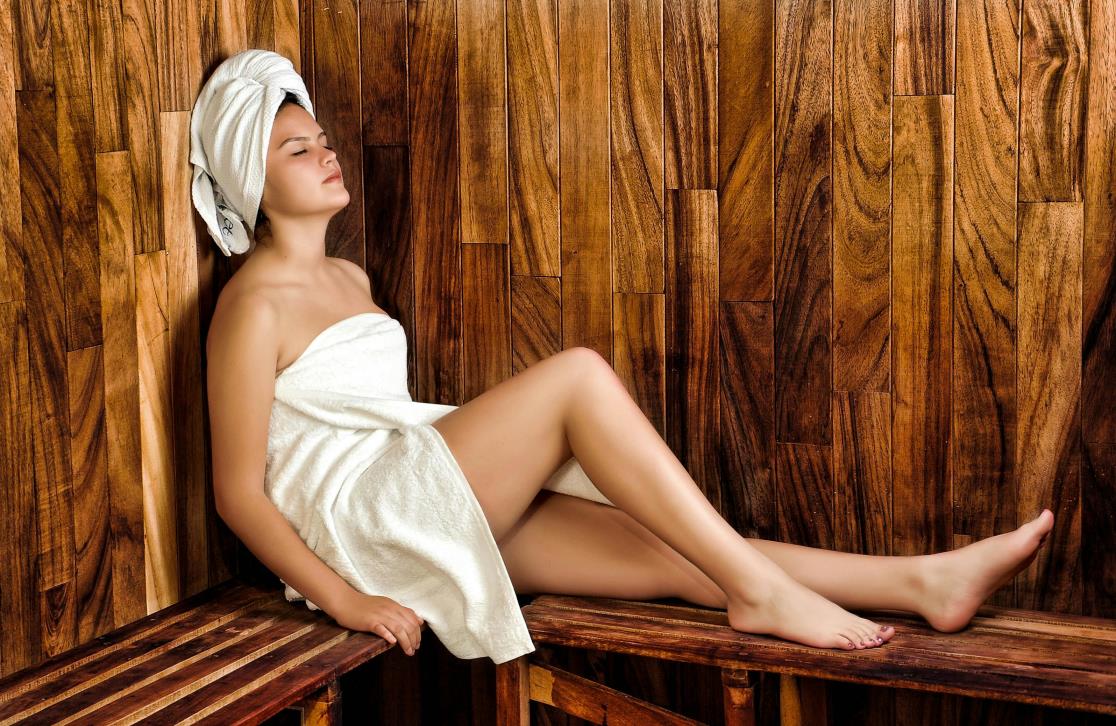
Photo by Pixabay
Download a FREE training plan here.
The Science Behind Sauna Use for Heat Acclimatization
Several scientific studies support the use of saunas to enhance heat tolerance and performance in athletes:
- Heat Acclimation Benefits: Research indicates that heat acclimation improves cardiovascular function, enhances sweat rate and distribution, reduces core temperature, and increases plasma volume, all of which are crucial for performance in hot environments.
- Sauna as a Heat Acclimation Tool: A study by Scoon et al. (2007) found that post-exercise sauna bathing can significantly increase endurance performance. The study demonstrated that regular sauna use after training sessions improved run time to exhaustion in trained runners.
- Physiological Adaptations: Another study by Stanley et al. (2015) showed that post-exercise sauna exposure led to increased red blood cell count and plasma volume, which are beneficial for maintaining hydration and cooling efficiency during endurance events.
Neuroscientist Dr. Andrew Huberman has also discussed the benefits of heat exposure through sauna use. According to Dr. Huberman, regular sauna sessions can induce beneficial stress responses that enhance endurance and resilience in athletes.
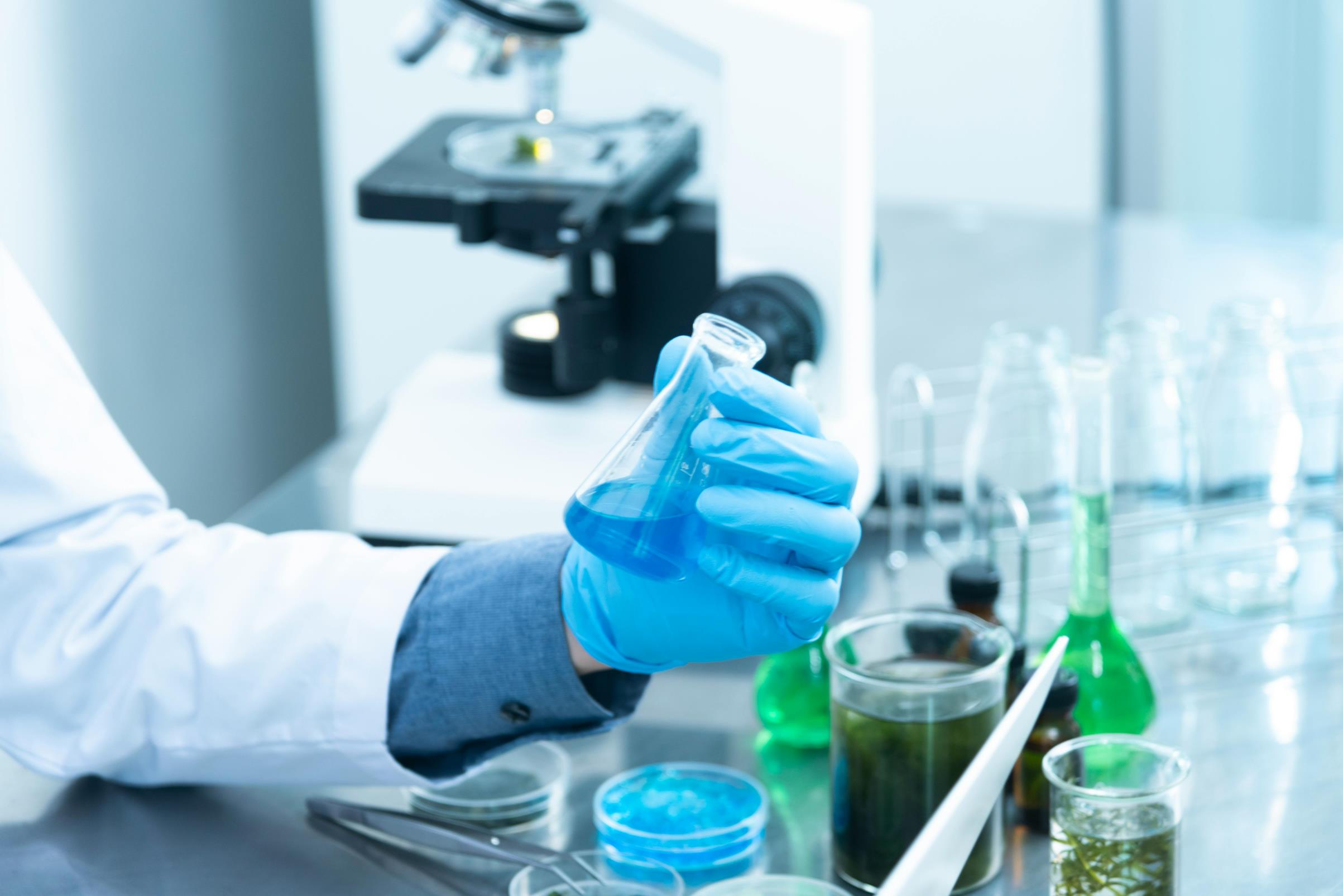
Photo by Chokniti Khongchum
Download a FREE training plan here.
Implementing the Sauna Protocol
To effectively use a sauna for heat acclimatization, follow these guidelines:
- Timing: Schedule sauna sessions immediately after your training workouts. This timing leverages the already elevated body temperature and cardiovascular activity to enhance the acclimatization effect.
- Frequency: Aim for 3-4 sauna sessions per week. Consistency is key for effective heat adaptation.
- Duration: Start with 15-minute sessions and gradually increase to 30 minutes as you become more comfortable. Listen to your body and exit the sauna if you feel dizzy or nauseous.
- Hydration: Ensure you are well-hydrated before and after sauna sessions. Consider consuming electrolytes to replenish those lost through sweat. To optimize the blood volume response, don’t hydrate while inside the sauna.
- Temperature: Set the sauna temperature between 80-100°C (176-212°F). This range is effective for inducing the necessary physiological adaptations without causing undue stress.
- Progressive Loading: Gradually increase the intensity and duration of your sauna sessions over a period of 2-3 weeks to allow your body to adapt safely.
- After your Sauna: Don’t cool off right after (a hot shower is great.
Note: Most of the research is on dry saunas, but steam rooms and infrared saunas should have benefits as well.
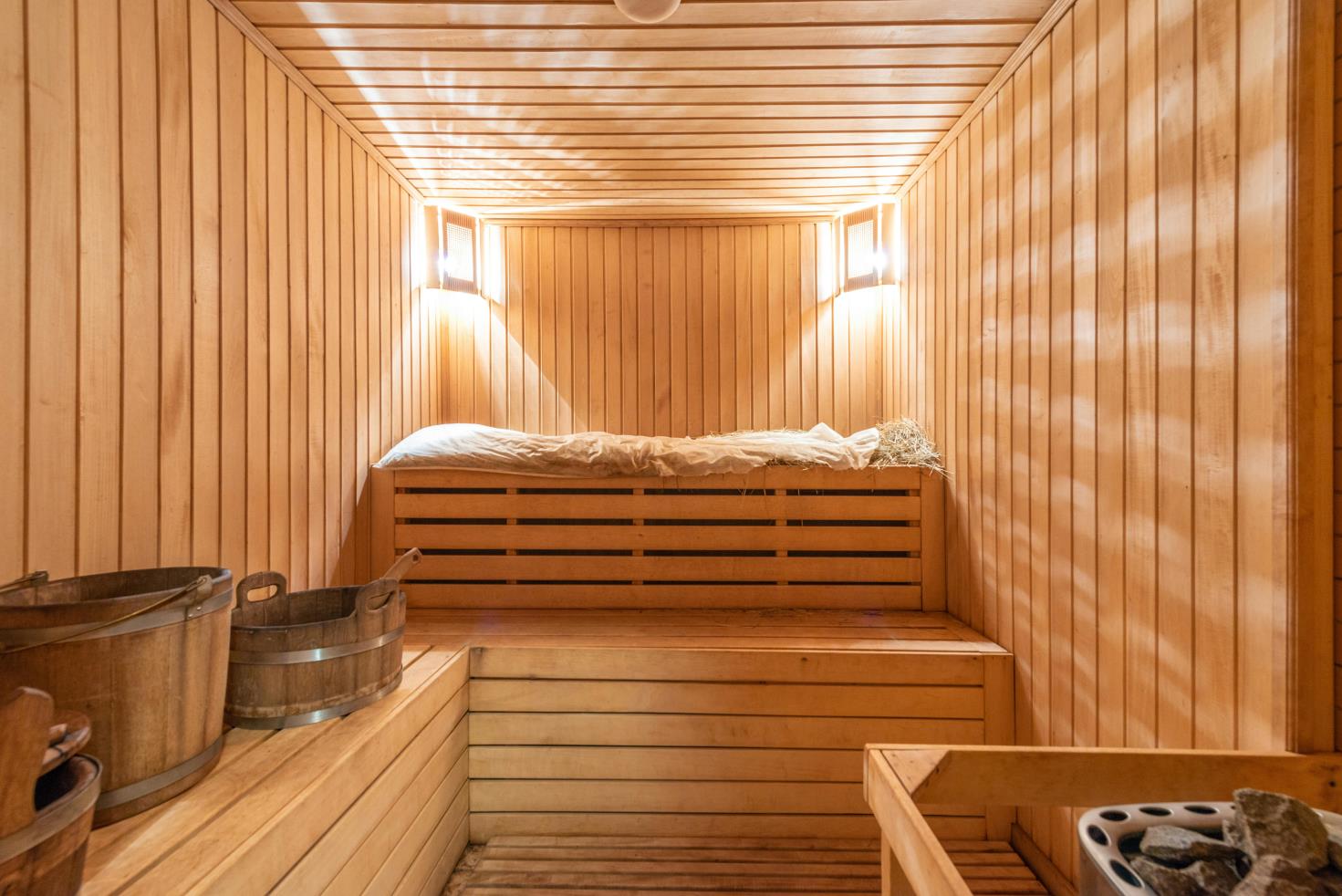
Photo by Max Vakhtbovycn
Download a FREE training plan here.
Sample Sauna Protocol
Week 1:
Sessions: 3 times a week
Duration: 15 minutes
Temperature: 80-85°C (176-185°F)
Week 2:
Sessions: 4 times a week
Duration: 20 minutes
Temperature: 85-90°C (185-194°F)
Week 3:
Sessions: 4 times a week
Duration: 25 minutes
Temperature: 90-95°C (194-203°F)
Week 4:
Sessions: 4 times a week
Duration: 30 minutes
Temperature: 95-100°C (203-212°F)
NOTE: To prevent overstress, stop all intentional heat interventions at least 3 days before race day. Ideally, for advanced plans, reduce the intensity to pure maintenance about 1 week before the race.
These adaptations are relatively long-lasting. According to a 2018 review in Sports Medicine, there's only a 2.5% daily decay in heart rate response to heat. Therefore, for time-crunched athletes, maintaining adaptations can be achieved with just 1-2 similar sessions per week.
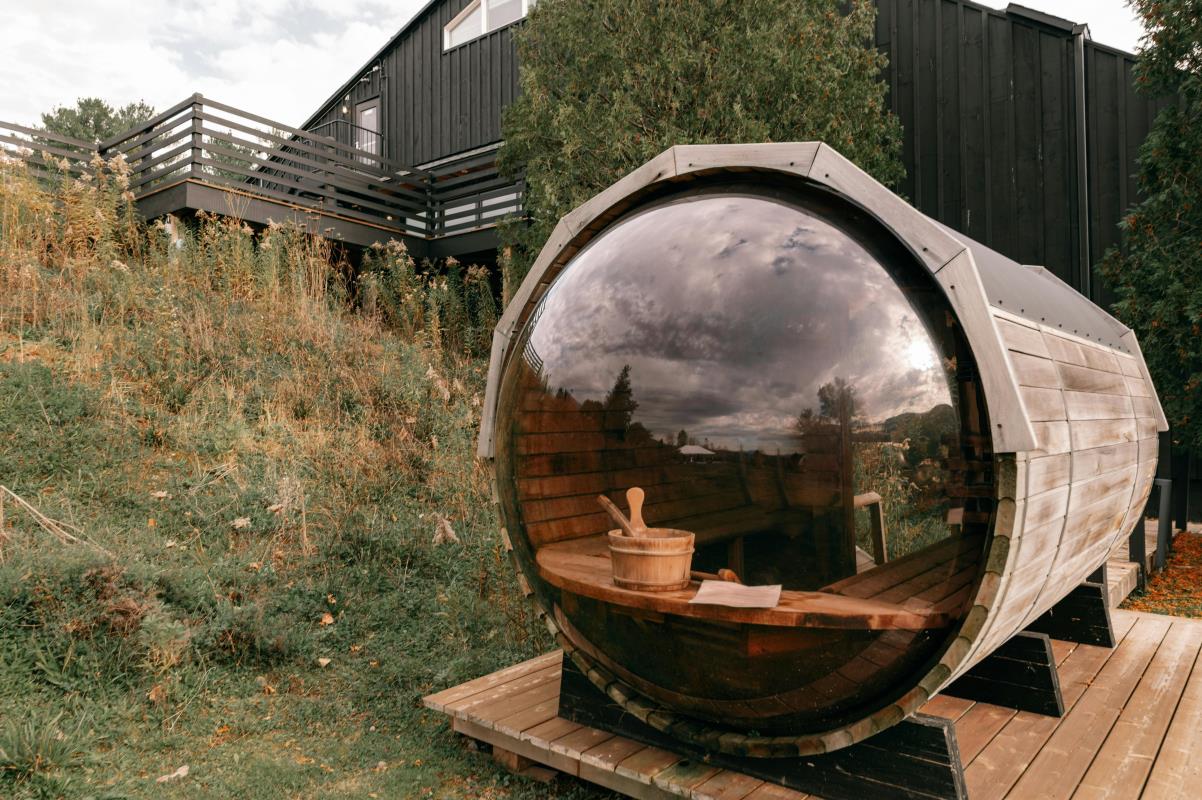
Photo by Andrea Davis
Download a FREE training plan here.
Practical Tips for the Sauna Protocol
- Acclimatization Period: Start your sauna protocol at least 4-6 weeks before your event to ensure sufficient time for adaptation.
- Monitor Health: Keep track of your weight, hydration levels, and any symptoms of heat-related illnesses.
- Complementary Strategies: Combine sauna sessions with other heat acclimatization strategies, such as training in hot conditions and wearing extra clothing during workouts.
Disclaimer
Before starting any new training regime, including a sauna protocol, consult with a healthcare professional or your coach, especially if you have any pre-existing health conditions or concerns. Individual responses to heat exposure can vary, and it's crucial to prioritize safety and listen to your body throughout the acclimatization process.
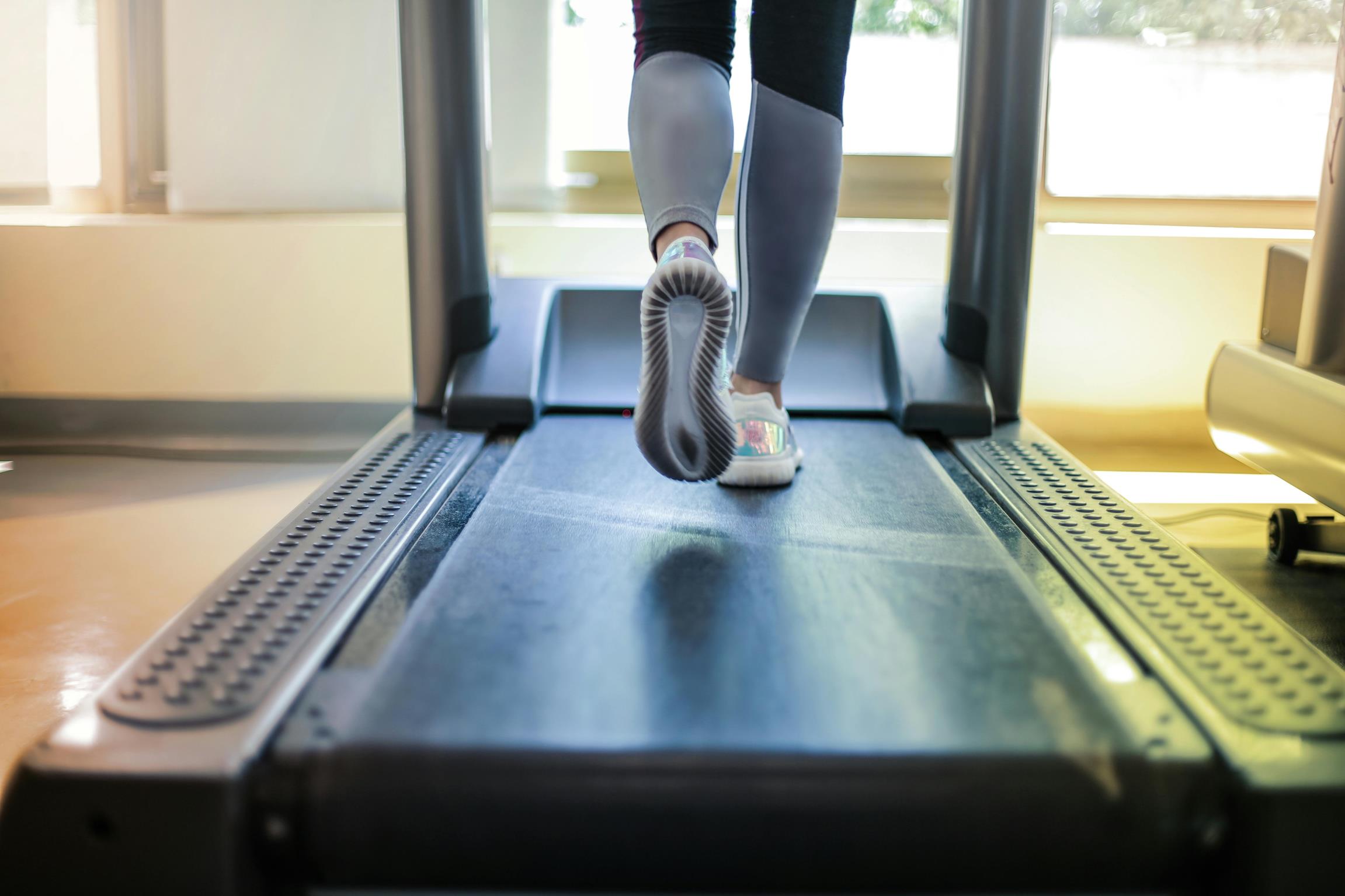
Photo by Andrea Piacquadio
Download a FREE training plan here.
Conclusion: Getting the Sauna Protocol Right
Using a sauna protocol is an effective way to acclimatize to hot environments, enhancing your performance and safety in triathlons and Ironman events.
By following a structured and gradual approach, you can reap the physiological benefits of heat adaptation and gain a competitive edge in hot weather conditions.
Karen Parnell is a Level 3 British Triathlon and IRONMAN Certified Coach, 8020 Endurance Certified Coach, WOWSA Level 3 open water swimming coach and NASM Personal Trainer and Sports Technology Writer.
Karen is currently studying for an MSc in Sports Performance Coaching at the University of Stirling.
Need a training plan? I have plans on TrainingPeaks and FinalSurge:
I also coach a very small number of athletes one to one for all triathlon and multi-sport distances, open water swimming events and running races, email me for details and availability. Karen.parnell@chilitri.com
Get your FREE Guide to Running Speed and Technique
Get your FREE Swim Workouts for Triathletes E-book
Get your FREE Open Water Swimming Sessions E-Book
Download a FREE training plan here.
References
Sawka, M. N., Leon, L. R., Montain, S. J., & Sonna, L. A. (2011). Integrated physiological mechanisms of exercise performance, adaptation, and maladaptation to heat stress. Comprehensive Physiology, 1(4), 1883-1928.
Scoon, G. S., Hopkins, W. G., Mayhew, S., & Cotter, J. D. (2007). Effect of post-exercise sauna bathing on the endurance performance of competitive male runners. Journal of Science and Medicine in Sport, 10(4), 259-262.
Stanley, J., Buchheit, M., & Peake, J. M. (2015). The effect of post-exercise hydrotherapy on subsequent exercise performance and heart rate variability. European Journal of Applied Physiology, 115(3), 567-577.
Huberman, A. (2022). Using Heat for Health and Performance. Huberman Lab Podcast.
